Koto No Ito Japanese Maple
$59.50 Original price was: $59.50.$41.65Current price is: $41.65.
- Free Shipping over $25
- Fast & reliable delivery options
- Enjoy top quality items for less
- Multiple safe payment methods

Japanese Maples are known and loved for their grace and elegance. Almost all possess these qualities to a degree, but the Koto No Ito Japanese Maple is a stand-out variety that is graceful and charming to an extent rarely seen, even among these already charming plants. With its long, strikingly-narrow leaves, combined with an upright form, it is a top-choice for a small tree in any smaller garden.
The Koto No Ito Japanese Maple will grow steadily into a small, upright tree, reaching perhaps 6 feet tall in ten years. It stays narrow, unlike many other Japanese Maples that are naturally wide-spreading, so it will fit well into a smaller space in your garden. It is also ideal for growing in a pot or container, where it will thrive for years, and of course it is also a great subject to turn into a bonsai tree.
Appearance and Colors of the Koto No Ito Japanese Maple Tree
In spring the tree will send out its new shoots, with leaves that are crimson-red, turning to a soft green as they open. The leaf stalks remain red, and the leaf itself spreads out like a hand, with 5 to 7 narrow lobes, reaching all the way to the leaf-stalk. These narrow ‘fingers’ are among the narrowest leaf-lobes of all the Japanese Maples, and they are the source of the name of this variety, since ‘koto no ito’ means ‘the strings of an old harp’ in Japanese. The harp suggested is of course the horizontal Japanese Koto, not the upright harp we have in the West.
As summer turns to fall, the leaves of your Koto No Ito Japanese Maple will turn from apple-green to vibrant shades of yellow and gold, with orange highlights. The bright color further accents the long, narrow lobes, bringing an air of elegance and beauty to that wonderful season of the year. When the leaves do eventually fall to the ground, they reveal attractive bright-green twigs, which add color and interest during winter.
Growing Koto No Ito Japanese Maple Trees
With its upright form, this tree fits perfectly into a corner of your garden, where it will bring beauty all year round. It is ideal for a garden that has an Asian theme, but it also looks perfect among other shade-loving plants in the dappled light from large deciduous trees. It will not grow so well in the dense shade from evergreens, but it will grow well in the shade on the north side of your home. To grow this tree in a container, choose a large pot with a drainage hole, and use a compost for acid-loving plants. Feed regularly with a general-purpose liquid fertilizer during the spring and summer. In the garden, this tree will grow best in a richer soil, and one that is acidic to neutral. If you don’t have suitable soil, then grow it in a container, where you can enjoy its beauty anywhere in the garden.
Planting Location and Sun Exposure
An ideal location for your tree will have some morning sun, but it will be shaded for the rest of the day, especially during the summer months. This is especially important if you live in a hotter region, as the fine foliage can burn and shrivel in the summer heat. Some sun will bring those lovely orange tones to the fall coloring of this special tree. Plant it in a rich soil, and add plenty of organic material when preparing the planting site. Mulch the tree with rich organic material each spring, covering the root-zone, but keeping mulch away from the trunk.
Watering, Pruning and Trimming
Water regularly during the first few seasons, and never allow the soil to become completely dry. If the foliage does burn in summer, do not worry, as your tree will re-leaf the next year as beautiful as ever. Sometimes during late summer, stems with leaves that have broader leaf-lobes may be seen. If these stems produce broader leaves again the following spring, remove that stem entirely. This tree is usually pest and disease free, and Japanese Maples are usually not eaten by rabbits, so they are easy to grow if their basic needs are taken care of.
History and Origins of the Koto No Ito Japanese Maple
The Japanese Maple (Acer japonicum) is a small tree that grows beneath larger trees in the forests of Japan, Korea, Manchuria and eastern Russia. Even in the wild the tree is no more than 20 or 30 feet tall, and it is naturally shade-tolerant, meaning it is a natural choice for those shadier parts of your garden. Japanese gardeners have selected unusual forms of this tree for centuries, and many were brought to the west in the 19th century.
With so many to choose from it can be hard to make a final choice, but the Koto No Ito variety is a real winner if you want a more upright tree, with the narrow leaves and charm usually seen in lower, mounding forms. Koichiro Wada was a famous Japanese plant breeder from the last century, who had a nursery in Yokohama. He also bred rhododendrons, and he introduced and named the Koto No Ito Japanese Maple. This special variety must be reproduced from stem pieces skillfully attached to the roots of seedling trees, and of course this takes time and patience. Cheaper trees grown from seed will have none of the beautiful features of this unique tree.
Be the first to review “Koto No Ito Japanese Maple” Cancel reply
Related products
Japanese Maple Trees
Oak Trees
Japanese Maple Trees
Maple Trees
Shade Trees
Japanese Maple Trees
Ginkgo Trees
Shade Trees

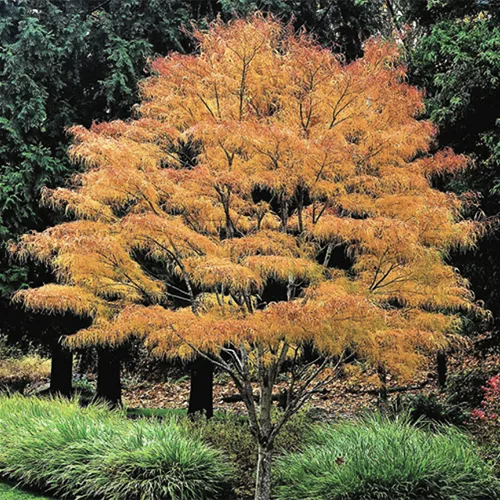
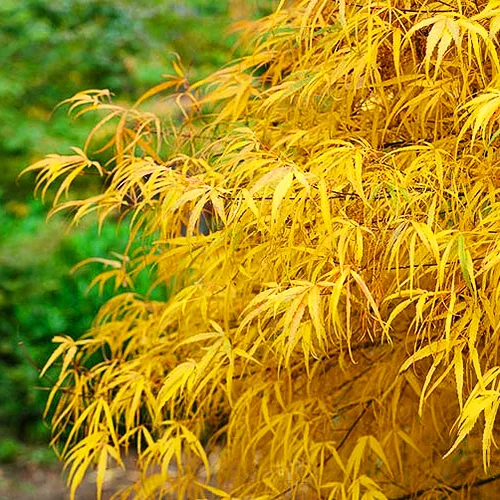
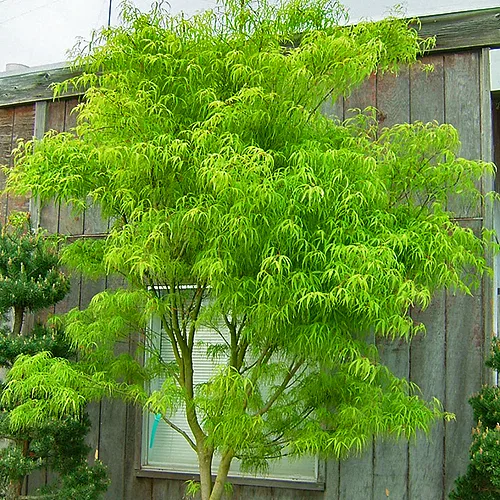
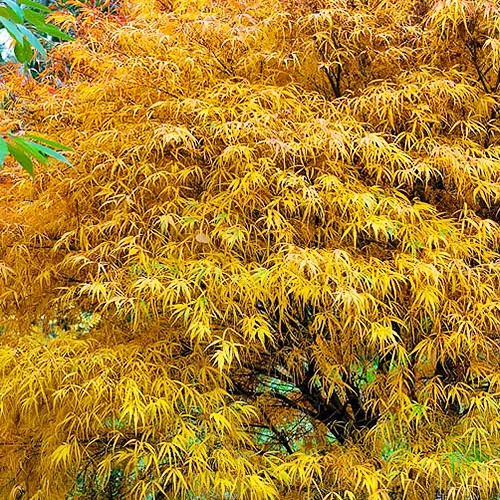



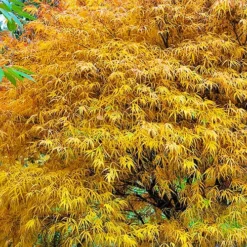






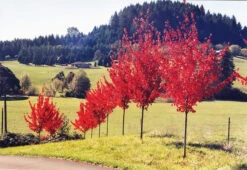

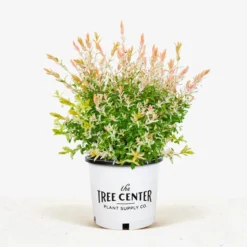



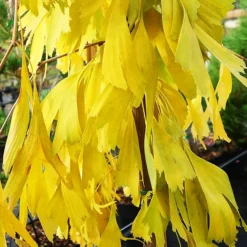


Reviews
There are no reviews yet.